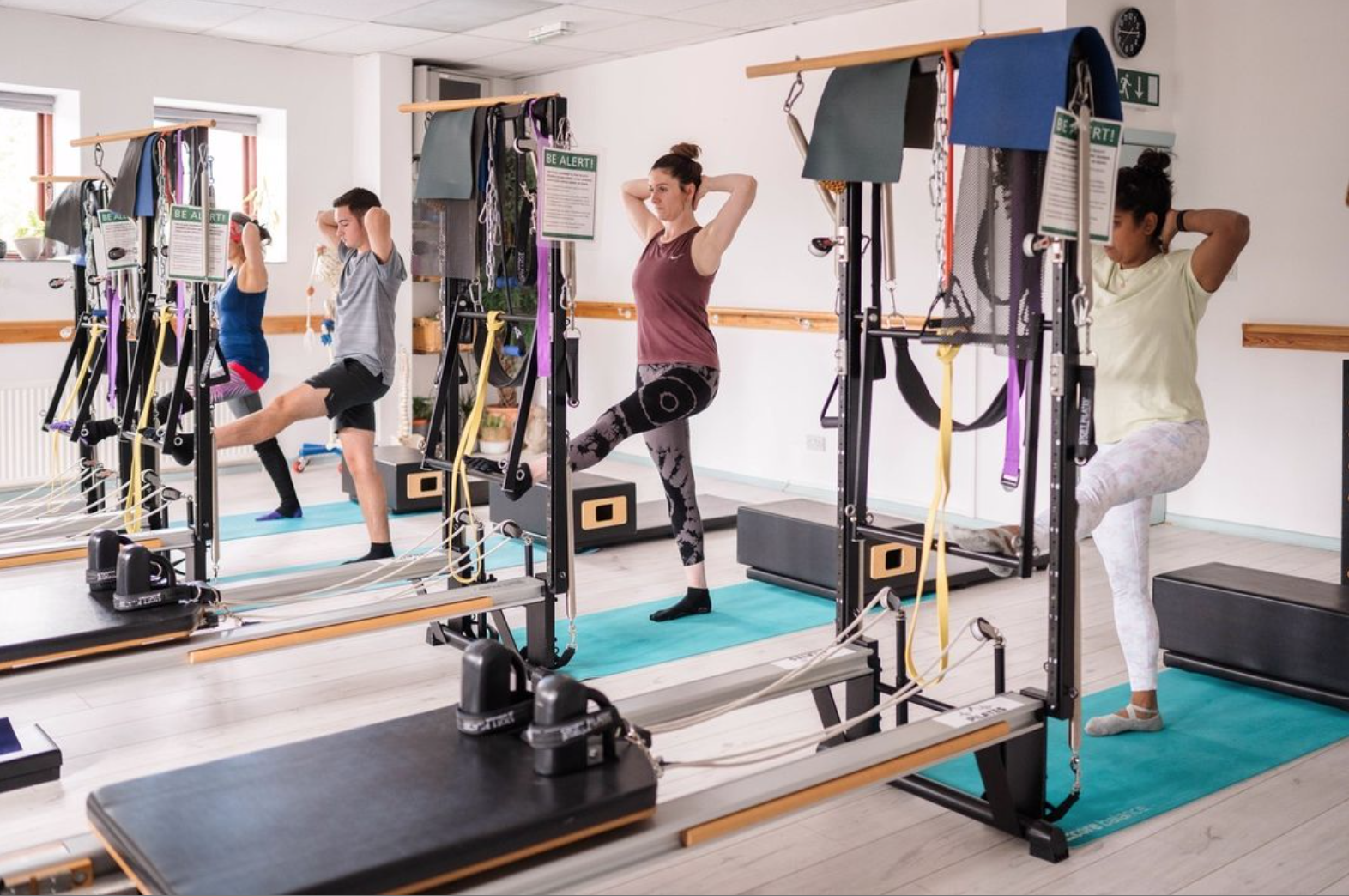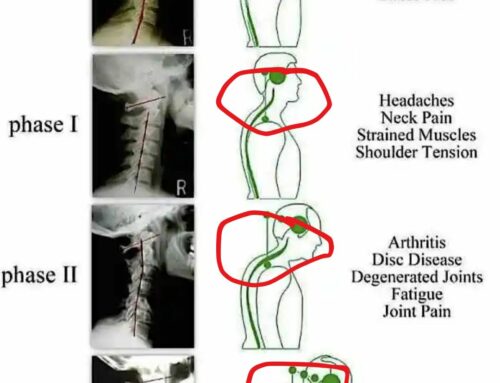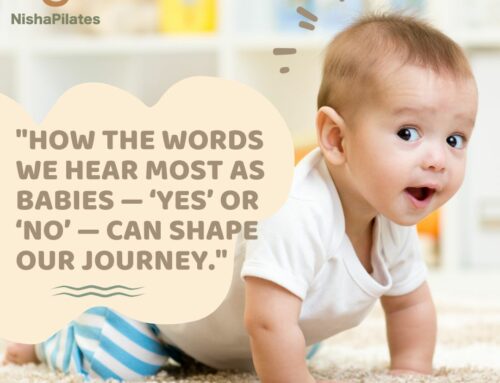Firstly there are no good or bad. Everything in life is based on our perception. Our perception is determined by our upbringing including schooling, education, religion, beliefs and environment. Perception bias is the tendency to perceive ourselves and our environment in a subjective way. Although we like to think our judgment is impartial, we are, in fact, unconsciously influenced by our assumptions and expectations.
All pilates studio owners are trying to do their best with their commercial or home premises, level of training, overheads, affordability, personal circumstances and depth of awareness of the subject.
Some clients will prefer reduced cost larger group sessions whilst others will prefer small group semi-privates which is what I deliver. They both have pros and cons.
Large group sessions are usually 45- 55 minutes to enable transition of clients between sessions. Large group sessions can also be discounted in price because of the volume of clients. The atmosphere can be more party or tribelike. The downsides are that the teachers cannot always get around the clients to correct them. The large sessions usually are more fitness orientated on the reformer which enables brand new and intermediate clients to workout together. Alot of the moves involve lots of flexion and pulsing in order to feel some sort of burn or abdominal firing.
This is not always what the client needs (there is no such thing as a bad exercise, but there is such thing as a badly prescribed exercise). For example someone who is already kyphosis/lordosis MAY actually increase a forward head and kyphosis with constant forward flexion. A lordosis can need careful support as hip flexion and breath patterning should be assessed because of the link to this posture. The repertoire also tends to be linear and singular plane. This will only take the client so far and tends to keep us in our left brain which is our logical/analytical side of us, rather than finding the right brain which is more feeling/perception and intuitive. A good mix of both brains is always the best and this is assisted by the choreography and repertoire put into class. Larger reformer apparatus sessions also tend to just use the reformer machine due the substantial cost of the apparatus.
The benefits of semi-private sessions are that sessions can be more geared at a personal level and can be a more affordable option than personal training. Also more specific hands on and individual needs can be addressed. The body should work with ease not with stress and strain. This is something I have learned with wisdom. Even when I am deadlifting in the gym or doing 10 metre sprints, there needs to be a balance of sukha and sthira. I have taken these qualities from my yoga experience. In Patanjali’s Yoga Sutra 2.46, “sthira sukham asanam” is defined as “the posture for meditation should be steady, stable, and comfortable.” The word “sthira“ translates to steady, stable or still. Sthira can also mean to be firm, compact, strong, steadfast, static, resolute, and alert. Steadiness on the reformer appartus is achieved through proper alignment and strength. Technique and smooth transition from shape to shape assisted by the breath can work the body hard enough to see tissue change rather than just beasting the body to depletion.
My preferred way to bring new clients into reformer apparatus sessions is through either consultation or some sort of beginner course. This enables the client to get the most out of their bodies and to really connect to the self. The reformer apparatus should work as a partner, like in ballroom and latin dance. So the apparatus is working with us not against us. I have invested heavily in reformer and tower combinations plus I have added James de Silva’s amazing Garuda slings which enables me to do more decompression work with clients. The downsides of semi privates are that the teacher is limited by the amount of sessions they can deliver plus financial turnover per hour if not priced right.
Whether you choose large group reformer apparatus or small group semiprivate, there is one common lifesaving denominator. They both involve movement. At the end of the day we all need movement in life. This includes movement of the mind, movement of the body, movement of the organs and movement of the bodily systems. The benefits of movement far outweigh the benefits of a sedentary lifestyle.
A 2018 research paper stated: “Overwhelming evidence exists that lifelong exercise is associated with a longer health span, delaying the onset of 40 chronic conditions/diseases”. The paper went onto state : “It is now clear that physical training is complex biology, invoking polygenic interactions within cells, tissues/organs, systems, with remarkable cross talk occurring among the former list. The aim of this introduction is briefly to document facts that health benefits of physical activity predate its readers. In the 5th century BC, the ancient physician Hippocrates stated: All parts of the body, if used in moderation and exercised in labors to which each is accustomed, become thereby healthy and well developed and age slowly; but if they are unused and left idle, they become liable to disease, defective in growth and age quickly.However, by the 21st century, the belief in the value of exercise for health has faded so considerably, the lack of exercise now presents a major public health problem. Similarly, the lack of exercise was classified as an actual cause of chronic diseases and death”.
The conditions listed in the above paper include the below. Ref PMC6027933
Worsening of 40 conditions caused by the lack of physical activity with growth, maturation, and aging throughout life span
| 1. Accelerated biological aging/premature death |
| 2. Aerobic (cardiorespiratory) fitness (VO2max) |
| 3. Arterial dyslipidemia |
| 4. Balance |
| 5. Bone fracture/falls |
| 6. Breast cancer |
| 7. Cognitive dysfunction |
| 8. Colon cancer |
| 9. Congestive heart failure |
| 10. Constipation |
| 11. Coronary (ischemic) heart disease |
| 12. Deep vein thrombosis |
| 13. Depression and anxiety |
| 14. Diverticulitis |
| 15. Endometrial cancer |
| 16. Endothelial dysfunction |
| 17. Erectile dysfunction |
| 18. Gallbladder diseases |
| 19. Gestational diabetes |
| 20. Hemostasis |
| 21. Hypertension |
| 22. Immunity |
| 23. Insulin resistance |
| 24. Large arteries lose more compliance with aging |
| 25. Metabolic syndrome |
| 26. Nonalcoholic fatty liver disease |
| 27. Obesity |
| 28. Osteoarthritis |
| 29. Osteoporosis |
| 30. Ovarian cancer |
| 31. Pain |
| 32. Peripheral artery disease |
| 33. Preeclampsia |
| 34. Polycystic ovary syndrome |
| 35. Prediabetes |
| 36. Rheumatoid arthritis |
| 37. Sarcopenia |
| 38. Stroke |
| 39. Tendons being less stiff |
| 40. Type 2 diabetes |
Another research paper from Pubmed 2020 stated that: “ A growing body of research suggests that neuropsychiatric disorders are closely associated with a background state of chronic, low-grade inflammation. This insight highlights that these disorders are not just localized to dysfunction within the brain, but also have a systemic aspect, which accounts for the frequent comorbid presentation of chronic inflammatory conditions and metabolic syndromes. It is possible that a treatment resistant subgroup of neuropsychiatric patients may benefit from treatment regimens that target their associated proinflammatory state. Lifestyle factors such as physical activity (PA) and exercise (i.e. structured PA) are known to influence mental health.”
( PMID: 32890372)
Bibliography
https://pubmed.ncbi.nlm.nih.gov/32890372/
https://www.ncbi.nlm.nih.gov/pmc/articles/PMC6027933/






